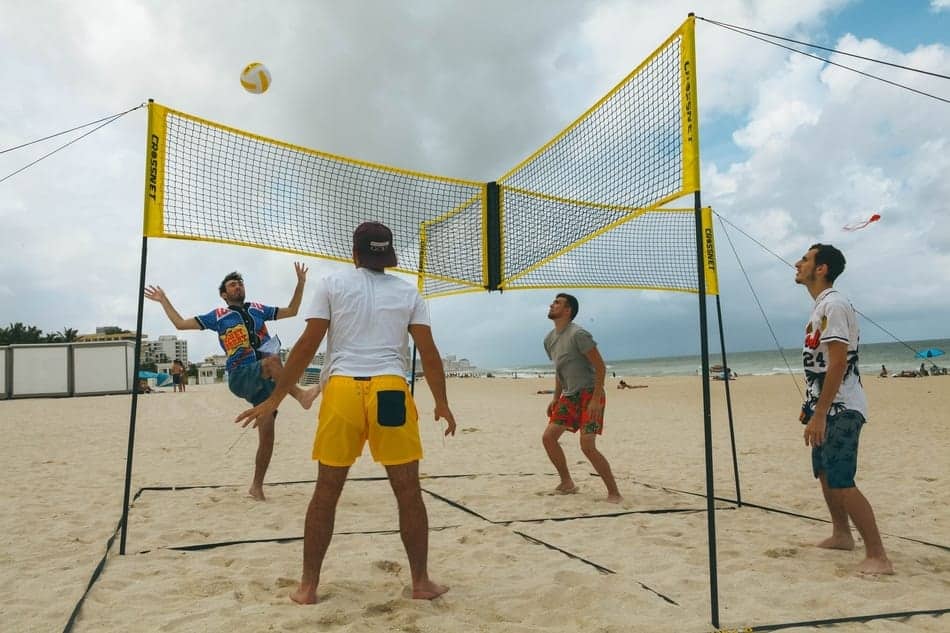Indoor volleyball and beach volleyball are two variations of volleyball with different rules, court sizes, playing techniques, and environments. Indoor volleyball has six players on each team, a court size of 9m x 18m, and is played in an enclosed space, while beach volleyball has two players on each team, a court size of 8m x 16m, and is played outdoors. The ball used in indoor volleyball is heavier and larger than the one used in beach volleyball. Players should consider their preference, skills, and environment when choosing which variation to play. Volleyball is a fun and competitive sport that brings people together.
Volleyball vs. Beach Volleyball: Which Variation Rules?
Introduction
With the increasing popularity of volleyball as a sport game, there have emerged a variety of its variations. These variations are aimed at meeting the varied preferences and requirements of different players. The two most common variations of volleyball are indoor volleyball and beach volleyball. Both indoor and beach volleyball have significant differences, including the environment, rules, court size, and playing techniques. In this article, we shall compare and contrast the two most common variations of volleyball to help you decide which variation is suitable for you.
Rules of the Game
The rules of the game in indoor volleyball and beach volleyball are slightly different. In indoor volleyball, there are six players on each team, and the court size is 9m x 18m. The net is 2.43m high for men and 2.24m high for women. The ball used in indoor volleyball is heavier and larger than the one used in beach volleyball.
In beach volleyball, there are only two players on each team, and the court size is smaller than the indoor volleyball court. The court size for beach volleyball is 8m x 16m. The net is 2.43m high for both men and women. The ball used in beach volleyball is lighter and smaller than the indoor volleyball ball. Players in beach volleyball can touch the ball with any part of their body, while in indoor volleyball, only hands and arms are allowed.
Playing Environment
Indoor volleyball is played in an enclosed space, usually in a gymnasium. This means that the environment is controlled, and the temperature is regulated. Lightings may vary, depending on the lighting system of the gymnasium.
In contrast, beach volleyball is played outdoors, usually on the beach. The playing environment is not controlled, and the weather conditions affect the game. Players have to contend with the sandy terrain and wind, which affects how the ball travels.
Playing Techniques
The techniques used in indoor volleyball and beach volleyball are different. In indoor volleyball, players need to deliver powerful spikes and jumps, with quick reflexes and precise passing skills. The spike is a common technique used by indoor volleyball players, while the serve is equally important.
In beach volleyball, players have to use a combination of skills, including spiking, serving, digging, and blocking. Players need to move quickly on the sandy terrain, which requires more agility and athleticism. The game is typically slower than indoor volleyball due to the size of the court and the nature of the terrain.
Conclusion
Indoor volleyball and beach volleyball are both exciting and challenging games, but they have significant differences. While indoor volleyball is played indoors with six players on each team, beach volleyball is played outdoors with only two players on each team. The rules, court size, and ball are also different. Players should consider their preference, skills, and environment when choosing which variation to play. Regardless of your preference, volleyball is a fun and competitive game that brings people together.
